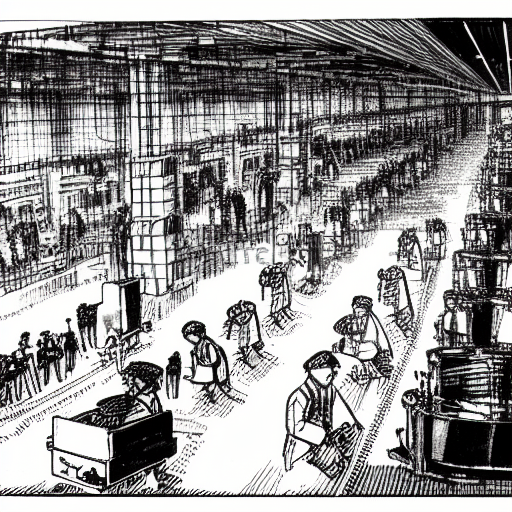Continuous improvement to maintain alignment
Let’s assume your continuous improvement program helps your team reach 100% effectiveness. How long does that last? Not long. The world around you is a moving target. Here is how to address it.
Recently I covered how to implement a simple C.I. program in your environment. That discussion focused on the “how” and why it will help with efficiency.
As you get more comfortable with a C.I. program you will realize that it is not only about your team. Within your own area is the easiest place to make improvements, the low hanging fruit so to speak. You do not need approvals and the changes benefit your own team. This is normal and, in some cases, an essential first step in building up confidence in the process.

Here is the kicker. This is a great way to maintain alignment with the business.
Getting alignment is easy, maintaining it is hard. Departments change over time. This can be from reacting to pressures, changing goals, or changing management. The connections between these departments create earthquake like fault lines. With earthquakes, shifting tectonic plates build up pressure. When the pressure builds enough, a massive release of energy causes an earthquake. The earthquake shakes up everything.
The pressure between departments builds with each issue. These may be delays, or someone not getting what they wanted, or incompatibles in process. Someone is unhappy. A single event is not enough, but accumulation will build up and trigger something worse. An executive on one side complaining to one on your side. This results in the undesirable situation of executives solving problems. Deux ex Machina style.
To be clear, you do not want executives solving your problems. I’ve been there… I’ve been one… I’ve “solved” things. With few exceptions you do not want people that far from the actual work to dictate the solution. Terms like “rethink our process” are thrown around.
Back to continuous improvement for a solution. A continuous improvement program can make micro corrections to maintain alignment. Teams can pick up on these small tremors and make corrections. This will release pressure continuously instead of building up to an executive correction.

Tips to aim your continuous improvement process in this direction
- Ensure teams know processes with other departments are on the table.
- Invite individuals from other departments to the occasional C.I meeting.
- Keep watching and listening for complaints and rumblings in the distance.
- Use executives to get what you want when you need it.
- Focus on root causes of issues, not the symptoms.
- Negotiate solutions. What works better for you may work worse for the other side.
In conclusion, by including processes with bordering departments:
- You continue to find meaningful improvements.
- You continually re-align with others.
- You avoid any “imperial interference”.

